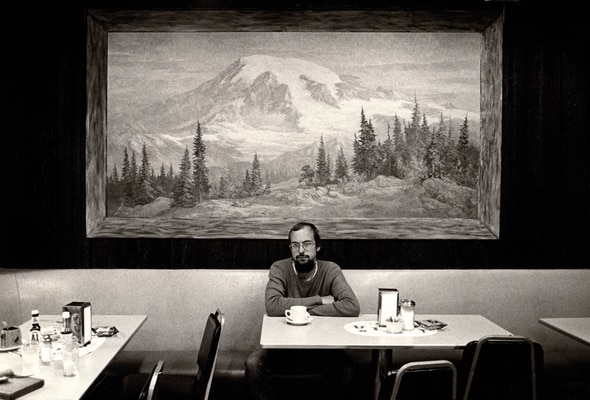Yorkshire Sculpture Park Bill Viola
Bill Viola and Kira Perov, (Yorkshire Sculpture Park)
Bill Viola, in Mt Rainier coffee shop, 1979, Photo Kira Perov
Interview exclusive pour la France et Regard au Pluriel par Rajesh Punj
Yorkshire Sculpture Park Bill Viola
Elemental
Interview Rajesh Punj
With an impressive spread of Bill Viola works across England this autumn to coincide with Frieze, it warrants of an audience the emotional elasticity to devote themselves to Viola’s divine cannon of animated imagery, in order to feel for the elemental truths in his work. And whereas Yorkshire Sculpture Park (from where I have interviewed Bill Viola and Kira Perov), houses a striking body of technically sophiscated video works that span the last ten years, Blain Southern gallery have concentrated entirely on lesser known works that have to date generated greater discussion than they have been seen. The Vinyl Factory Space temporarily houses Viola’s 1982 sound installation The Talking Drum, which resonates throughout the Brewer Street Car Park, like an aching animalistic chant. While the gallery have reconfigured the installation Moving Stillness (Mt. Rainer) 1979 for their central London space.
Histrionics aside, the allure of such a seminal work profits as much from time, as it does from our reengagement with the work. Darkened entirely, as is standard with Viola works, Moving Stillness (Mt. Rainer) reads like an animated postcard that is suspended above a pool of shallow water. As our comprehension of this picturesque image of a monumental landmark, accompanied by the trapping of art, (light and dark, sound and space); demonstrates Viola’s early interest in the ephemeral being reincarnated as art. And as much as the image is a representation of the real, its relocation into a galley setting is further augmented by the periodic disturbances of the water’s surface, directly beneath the projected image. Which refract the coloured light and reintroduce the representational, or unreal back into the work. And as a meditative withdrawal from reality’s ugly truths, Viola seeks solace in a more reductive, almost cathartic space, as a redeemer for others’ sins.
Interview
Rajesh Punj: Upon entering into one of your darkened installations what interests me is of the varying scale of the works; and of the duality between what is happening and of the anticipation of what is to come.
Bill Viola: The work is always about life and death, and of birth, light and darkness. Those are the fundamental ideas or elements that we create, Kira and I. And it has always been there in humanity. So you really need to feel and think, and to persist with something. Because there is so much in the world right now, it has become overwhelming. With ISIS and all those other kinds of things, it is unbelievable. So now I think it is a really important moment for all of us, and not just here in England, or back home in Los Angeles, but on the planet.
So that connects with us really deeply, and many of the pieces come out of some of those ideas. And for me I am always making things, and I am always thinking about things in relation to those kinds of ideas; as they act as a backdrop to my work.
Kira Perov: Specifically with the exhibition we thought of the location here (in Yorkshire) strongly, and we didn’t realise how much it would influence and effect the work. Because we have done a lot of landscape work previously, and mostly this show is not about landscape, it is about human beings, and it is all internalised. There is plenty of landscape out there. We have a tree piece called The Darker Side of Dawn 2005, and I was thinking there are thousands of trees out there. Why would we want to bring one inside the gallery? So the (YSP) show is about relationships, it is figurative, it is about transition. It is about how we think about our own morality. When I started to do this (exhibition) guide I felt, ‘oh my goodness there are all these couples. There are two people in Night Vigil 2005-2009; there are two people in The Trail 2015.
Whether it is about their relationships, or whether it is about their own exploration and transformation, wherever, it doesn’t matter. With The Veiling 1995, there are two people in the piece, a man and a woman and at no point do they come together, expect in the electronic space that we have constructed with the projections on these veils that are part of an installation. And normally the projections appear on separate screens. Night Vigil is one of those works that appears on two separate screens with opposing things happening at the same time. One has cascading water, the other has fire, and then eventually the fire becomes the water; and then the water transforms back into fire. So there are these kinds of reversals of the elements that are going on. And we also intended that there are relationships set up between two screens, even though we shot them at separate times. And there are these older figures on granite, Man searching for Immortality/ Woman Searching for Eternity 2013; and I am looking at this and thinking, ‘wow, did we unconsciously put together this show that is very much coordinated, and also deals with the outside, and the park.’
BV: The sculpture park is perfect for this, it is amazing.
RP: The environment appears to allow for the kind of contemplation your work requires of it.
BV: Yes of course, this is an amazing place to stay with something.
KP: The piece in the chapel looks like it was created for that space, and as such it is an amazing work within this landscape.
RP: So correct me if I am wrong, but does this feel unique to you? Of your locating works in this kind of immersive environment, having done something similar in Italy in 2012?
KP: Yes the closest thing was in Varese in Italy, for the Panza collection, but not really the same thing. They have a beautiful estate and all the rest of it, but you are not surrounded by sheep and so much of the rural. With the ponds, gardens and lakes (at the Villa e Collezione Panza), it became more of an urban situation and much less of a singular environment.
BV: And all of the natural elements that you have here (at YSP).
RP: Returning to the work, as an observer I am very interested in the elements that constitute your moving images irrespective of scale. Is there an impeccable understanding between you both of what you want of a work?
BV: It was the elements that we were both (Kira and I), grabbing.
RP: There are possibly two overarching themes that come to the fore with your work, ‘the elements’ that you have referred to, and what appears to be a ‘study of spirituality’. How would you explain that in terms of the external forces you have described?
BV: I think people become the cast of these works, in order to elevate the thing that is around all of us; but you have to go deeper and deeper into it. And I think in a way we have all of this technology around us, which is another big thing that has come into our world, and it is this thing that is making us crazy sometimes. So all of these things are interacting with us right now. And when the pope came over, (to the United States for an official visit); it was really incredible.
RP: Spirituality reintroducing itself through one man. Do you see such virtue acting as an energy in some ways for a new generation?
BV: Yes there is that kind of reconnection, whereby you start to realise that ‘yes’ something is happening. And it is a shift, there is a global shift right now. And I see that young people coming up right now have absolute carte blanche to do anything. They can get out and kind of do whatever they want to, which is incredibly exciting. It allows for the next thing, because you always have to do something. It is great to have older people, all of us who have worked so hard for all of this time. It is really great, but at a certain moment you have to step back and let the next group of people in, and say ‘go guys, see what you can do with this, the old guys have done what they have done.’ And then they will take it from there.
KP: Bill is always talking about that. Essentially we have had different phrases of working. Bill was originally self-referential, he turned the camera on himself a lot, in order to experiment with perception; and even transformation and transploration too. It is about how far you can go in order to involve the individual, and to include the self. And then we did a lot of landscape work, and working in the studio with a lot of actors, seeking to recreate passions and emotions. Which led to us working on a series of ‘mega works’ that included Going Forth By Day (2002), The Passions (2003), The Tristan Project (2004), the opera Tristan und Isolde (2005). And then we have taken the scale and spiritual drama of those works and tried to apply them to new work like The Trail 2015, dealing with acts of violence on the body, and of our trying to explore that further through material form.
Rajesh Punj, October 2015
Yorkshire Sculpture Park / Bill Viola
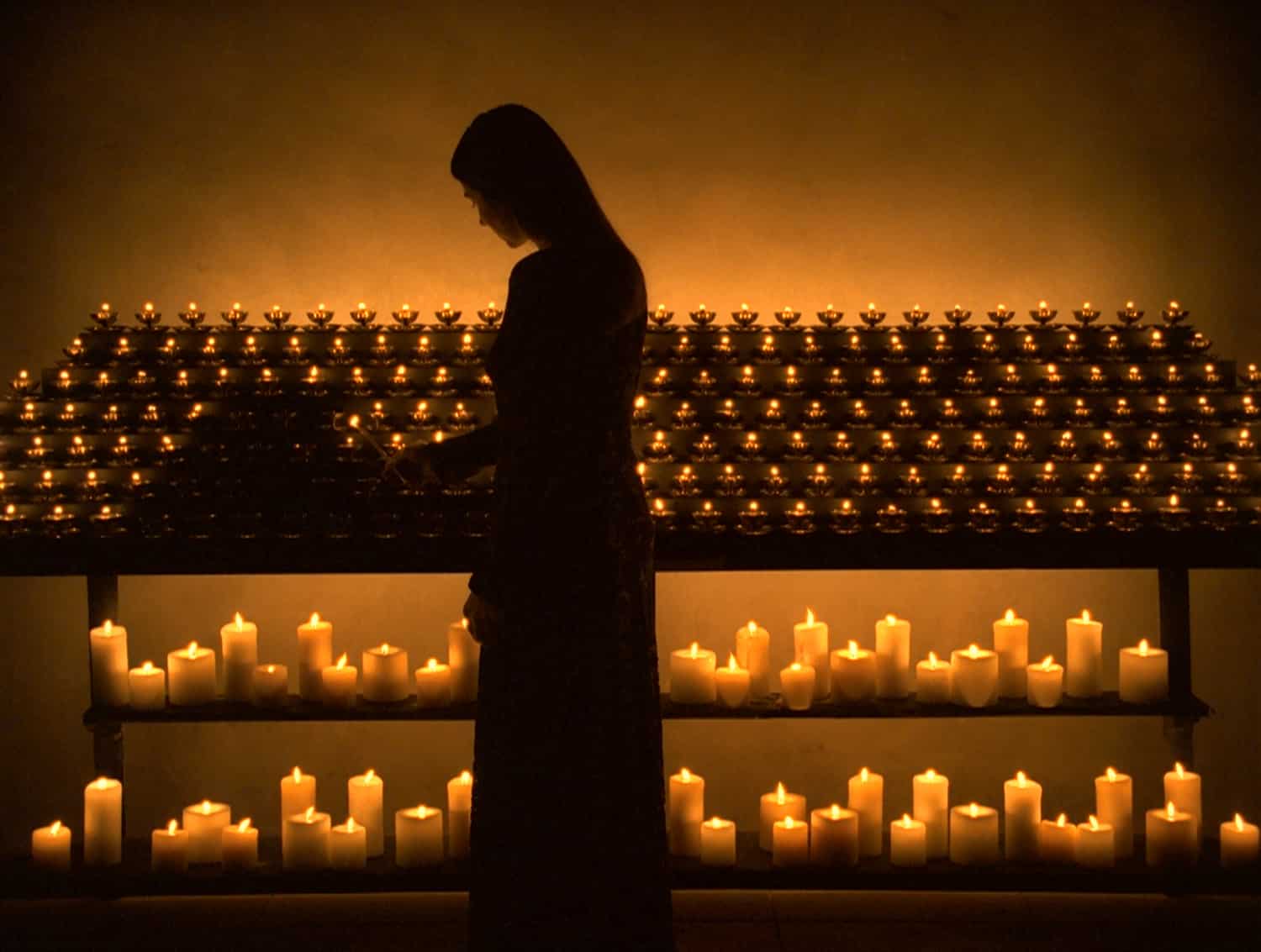
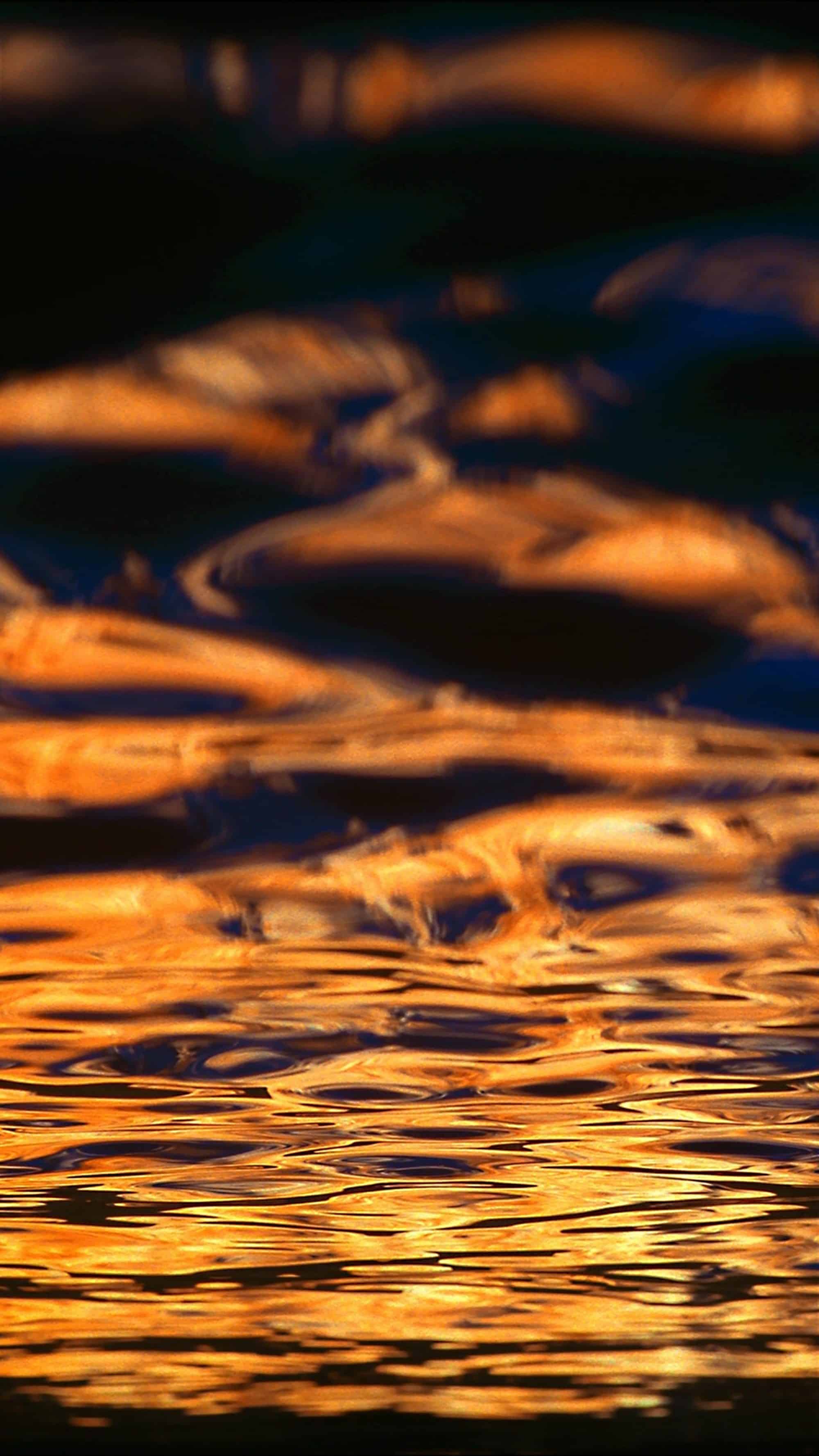
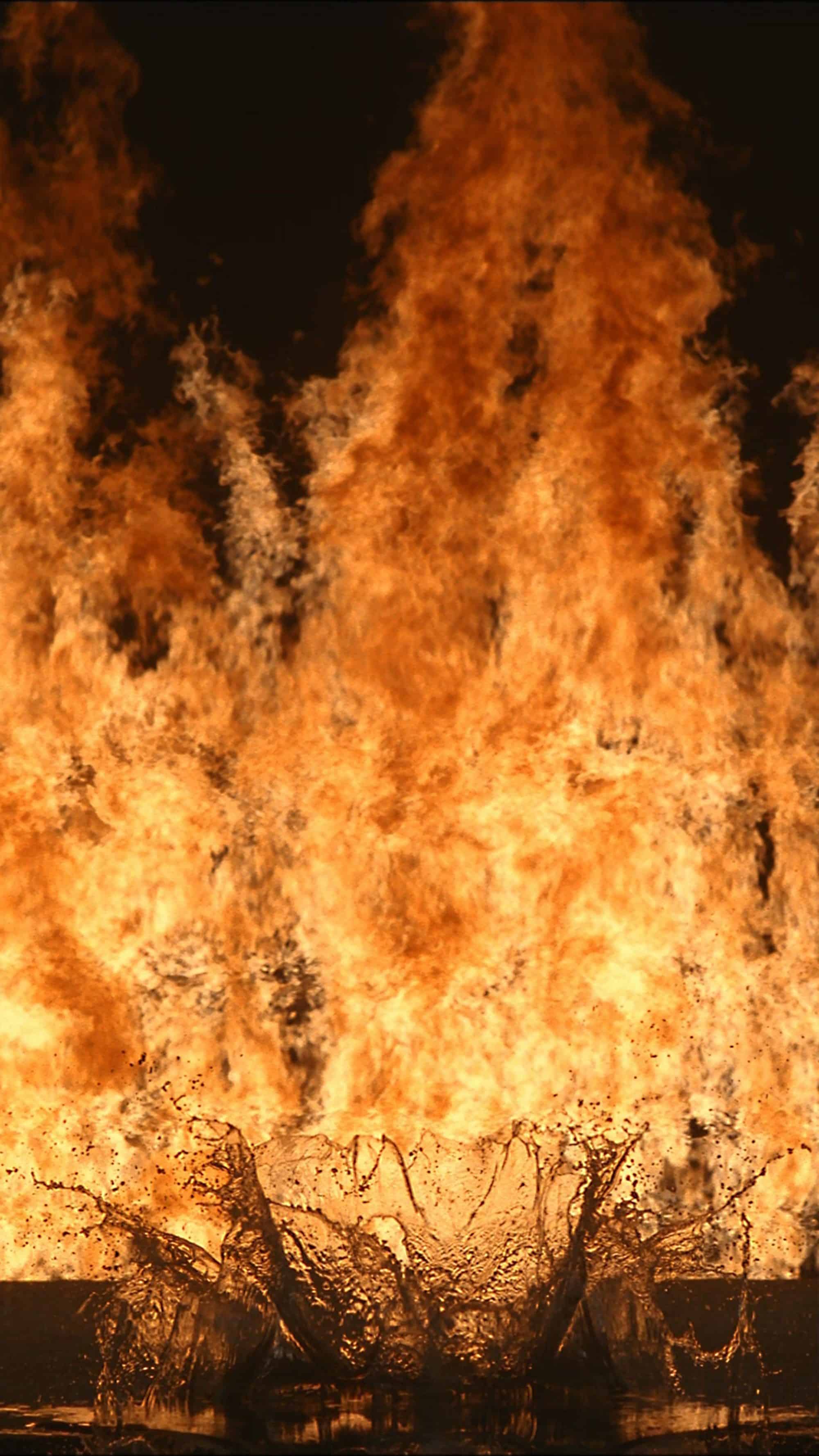
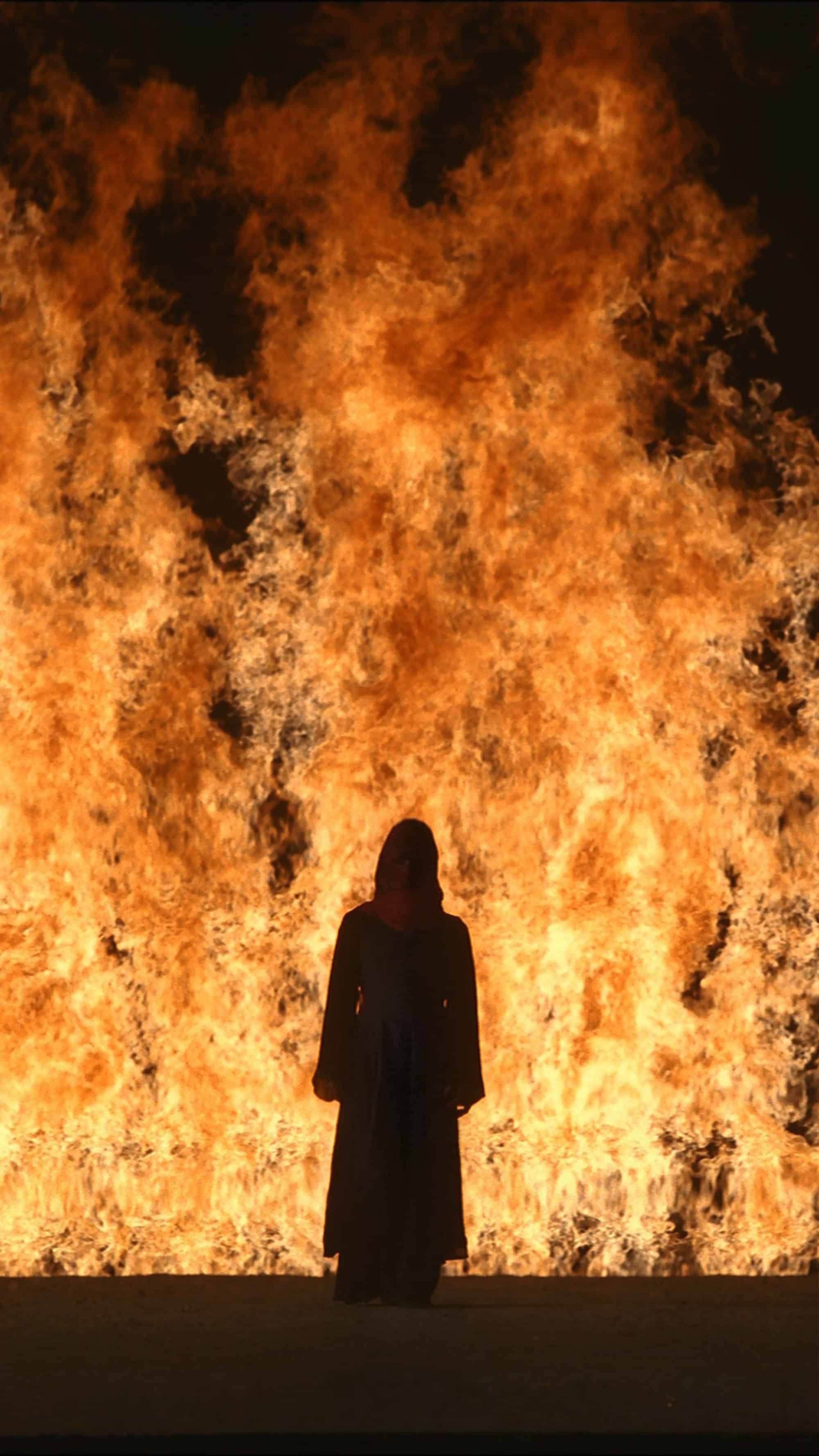
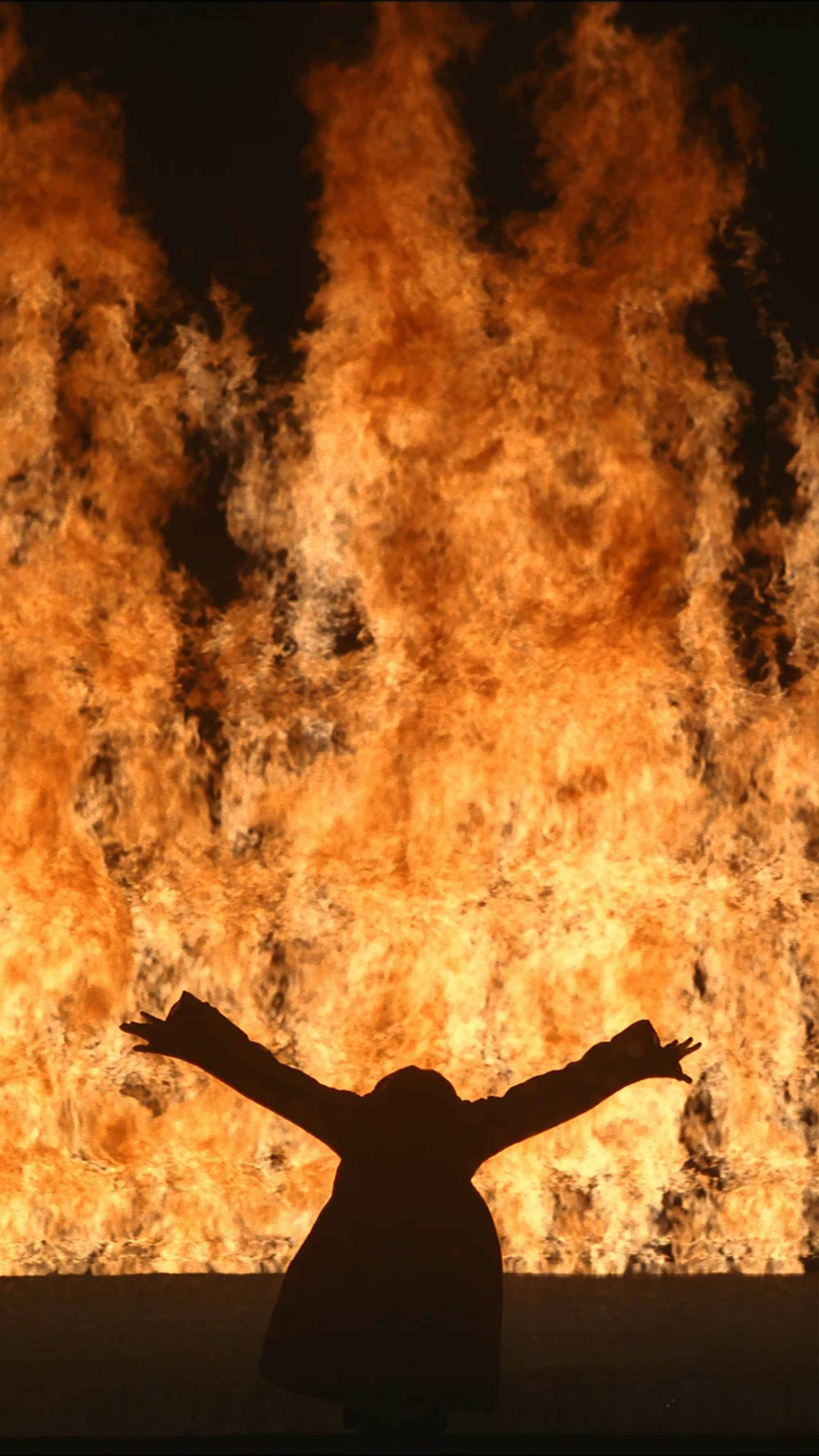 Night Vigil, 2005-2009. Video installation. Colour High-Definition rear-projection video diptych, two large screens mounted on wall in dark room. Overall projected image size: 201 x 528 cm. Room dimensions variable. 9:20 minutes. Performers: Jeff Mills, Lisa Rhoden
Night Vigil, 2005-2009. Video installation. Colour High-Definition rear-projection video diptych, two large screens mounted on wall in dark room. Overall projected image size: 201 x 528 cm. Room dimensions variable. 9:20 minutes. Performers: Jeff Mills, Lisa Rhoden
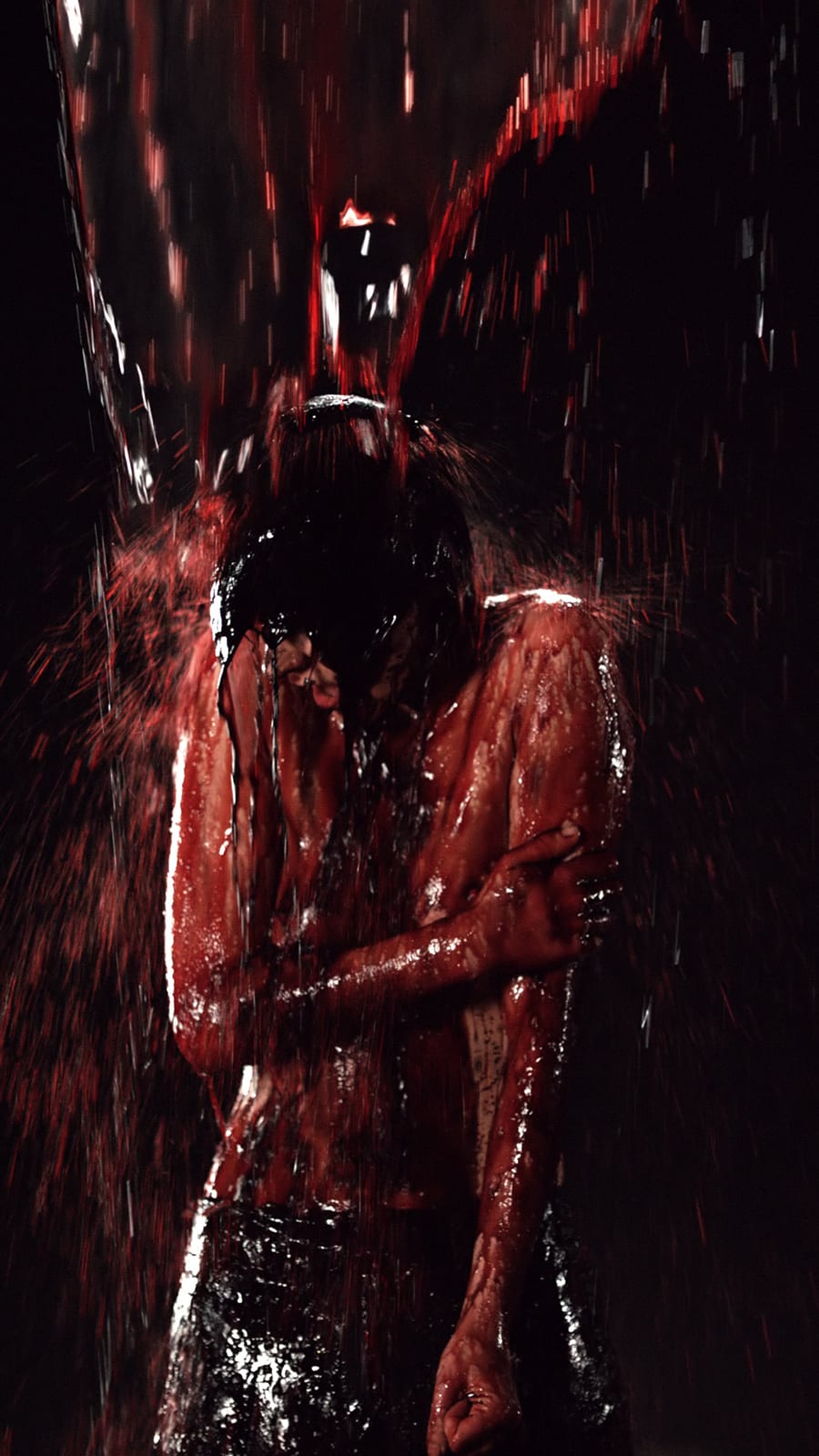
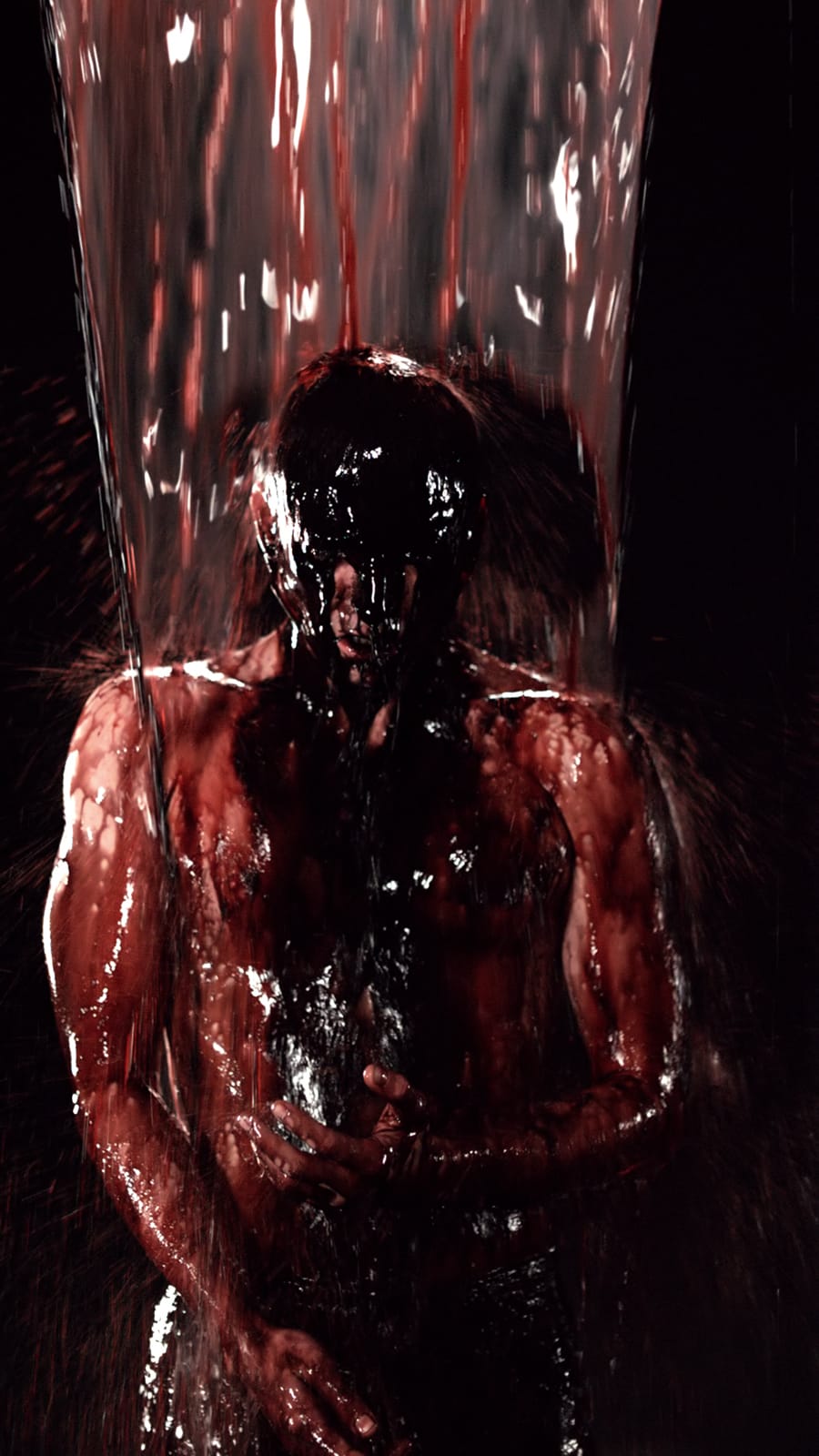 The Trial, 2015. Colour High-Definition video diptych on plasma displays mounted vertically on wall; two channels of mono sound 160.4 x 186.2 x 89 cm. 7:39 minutes. Performers: Jana Kolarikova, Peter Moffatt
The Trial, 2015. Colour High-Definition video diptych on plasma displays mounted vertically on wall; two channels of mono sound 160.4 x 186.2 x 89 cm. 7:39 minutes. Performers: Jana Kolarikova, Peter Moffatt
All images © Kira Perov, courtesy Bill Viola Studio

